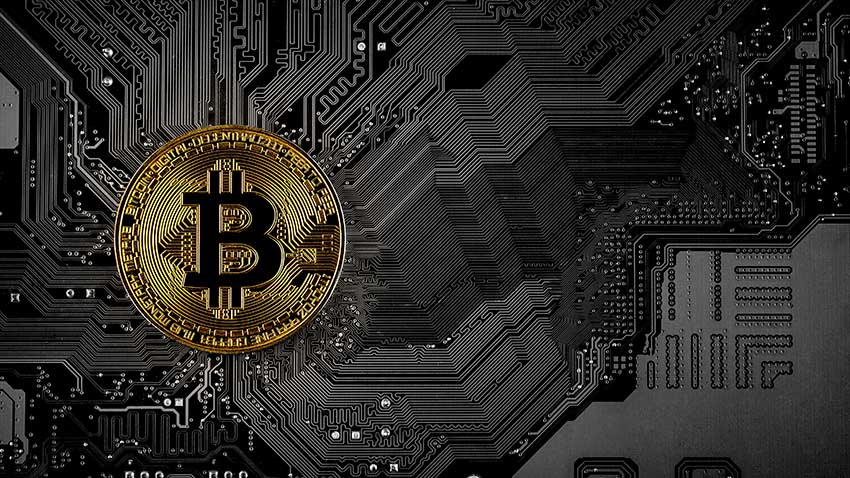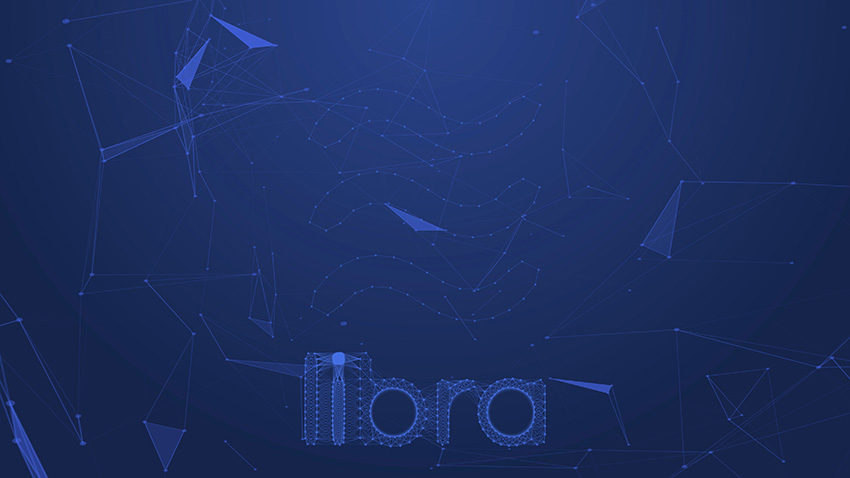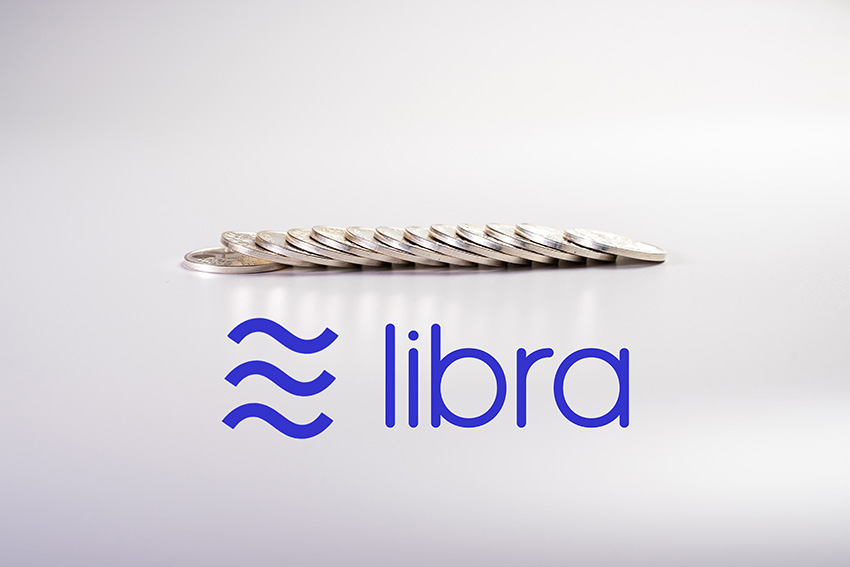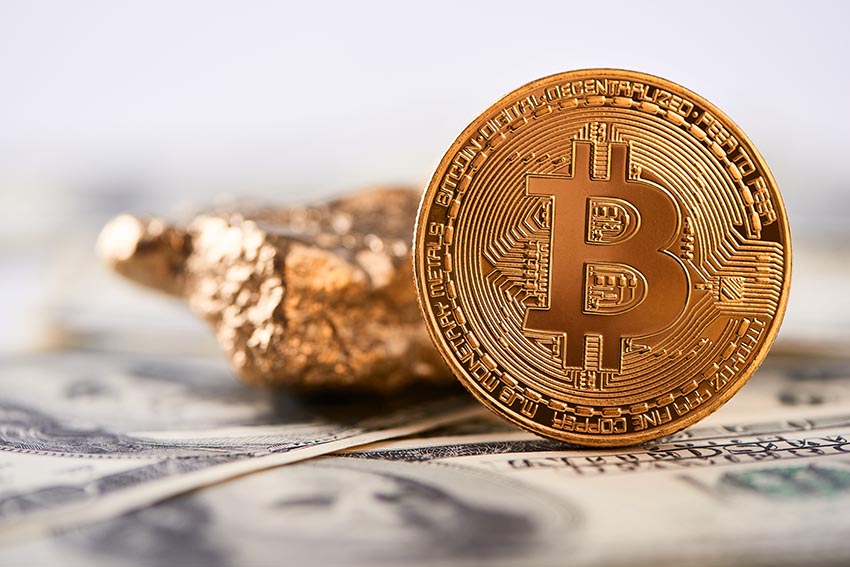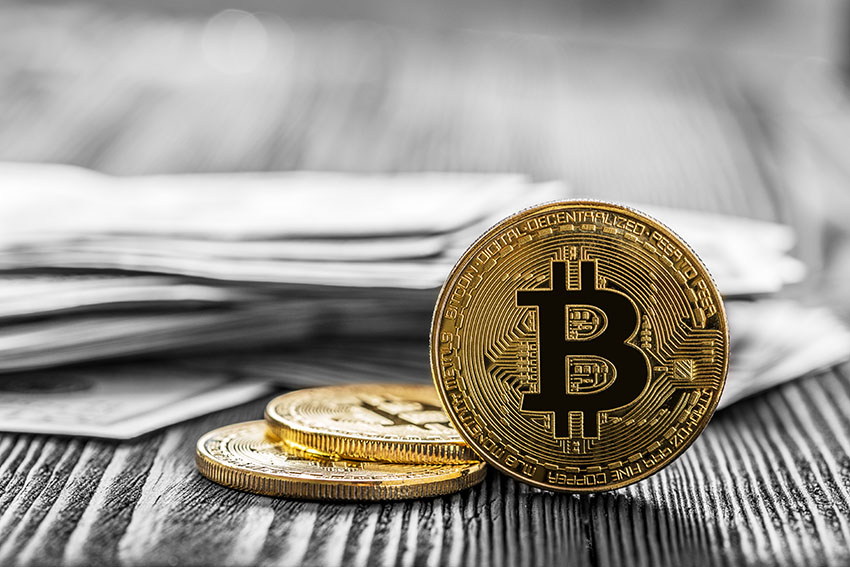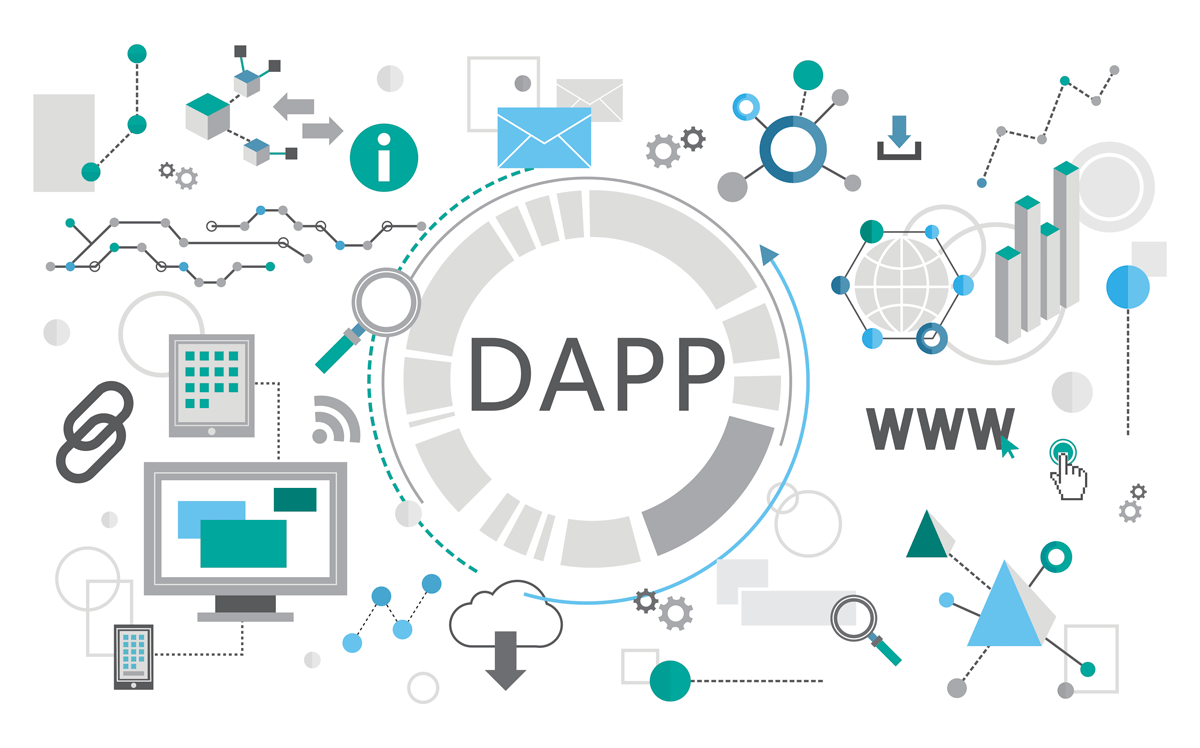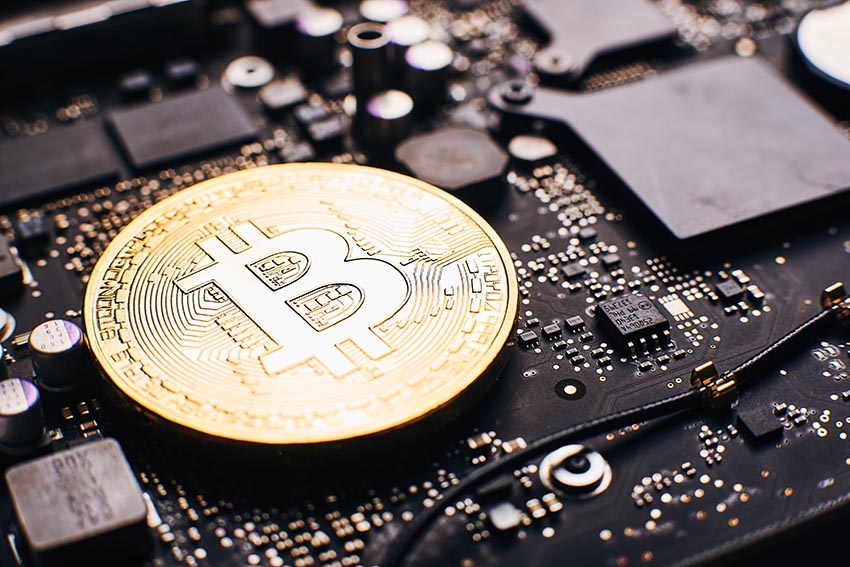Decentralization is a distinctive feature of blockchain, but those who know bitcoin should aware that many aspects in bitcoin never implement the decentralization operations. Instead, they go further and further in the direction of centralization, such as mining.
Recently, Facebook released a white paper on its cryptocurrency, Libra, and described it as a “global currency.”
Being based on blockchain technology, Libra is very similar to bitcoin although it also depends on real assets such as a portfolio of stable government bonds; more than 20 partner institutions including MasterCard, Visa, PayPal and Coinbase will participate in the plan. Each partner agency will pay at least US$10 million as membership fee and Facebook initially intends to attract at least 100 partner institutions and US $1 billion of assets.
In practical operation, Libra is more like the online payment systems such as PayPal instead of the cryptocurrency like bitcoin. The following three figures illustrate why Libra is more like the PayPal instead of bitcoin.
The long-anticipated Facebook cryptocurrency Libra white paper has been released finally. Now, join us to have a look at what cryptocurrencies Libra has “referred to”.
If you trust bitcoin and think it’s a good thing, you may hold some very naturally; if you don’t, are you really willing to miss the biggest investment opportunity in your life?
We always talk about bitcoin, the prices, the future of bitcoin and more. However, do you know the following 15 interesting facts about Bitcoin?
At a time when blockchain and cryptocurrency waves are sweeping across the world and the vague prospects of central banks on cryptocurrencies, many large cities worldwide seem to rush to introduce their own regional cryptocurrencies.
In Asia, Japan, South Korea, Chinese Taiwan; In Europe, Britain, Norway, Sweden, Ukraine; In America, Canada; In Africa, Orania … According to public statistics, more than 14 countries and regions in the world have launched exclusive “city cryptocurrency”.
EastShore will make a detailed introduction of the city cryptocurrency in this article. No matter whether they are successful ones, they will provide a new paradigm template for the development of blockchain and cryptocurrency.
By comparing bitcoin, gold and legal currency, we find that bitcoin has great potential as good value reserve, and further analyze the value range of bitcoin by means of the valuation approach based on the Store of Value.
In Applied Mathematics there is a very interesting branch named Game theory. According to its literal meaning, it should be known as a theory of “game”. However, the “game” here does not refer to the scope of conventional entertainment, otherwise it will never have the values of mathematics researches. In a broad sense, the “game” is a model in which many scenarios involving strategic games can be modeled in this way.
“Decentralized applications” (also known as DApps) has become a hot spot in the current blockchain industry, but once we get down to do researches, we will find that most DApps are just gaming plate or funds plate. What’s more worrying is that DApps may become another word with vague definition after the “blockchain” and there are various misunderstandings in the market about it.
Now, we’d like to share the current status of DApps and the key solutions and methods from the history of decentralization and centralization. We believe that our experience shared as follows will bring inspirations for you.
Since the second half of 2018, the 7nm chips have been mass-produced under the continuous promotion of chip manufacturing processes such as TSMC and other global chip companies.
Almost in the same period, the bitcoin miner with 7nm chip was launched on the market which immediately attracted great attentions due to its improved performance.
The performance of previous generation of miner with 16nm chips seems to be slightly backward in comparison. When facing the challenge of 7nm miner, the 16nm miner will encounter new challenges due to the soaring difficulty of mining resulted from the cheap electricity in the upcoming flood season.
In such a situation, will the 16nm miner be rejected? Does the 7nm miner have absolute advantages? With the technological advancement, will 2019 become the key node for the upgrading of bitcoin miners? All should be seriously considered by all the mining workers.

